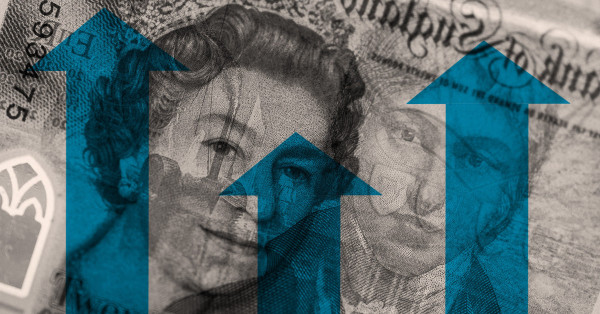

James Hay’s platform assets dipped by £126.4mn in the last quarter of 2021, with the wealth planning firm citing a “backlog of issues”.
According to Fundscape data published today (March 8), James Hay’s platform assets fell from £28.74bn to £28.62bn between Q3 and Q4 last year.
It was the only investment platform in Fundscape’s report to see assets drop during this period. Overall, advised and DIY investment platform assets grew collectively by £42bn, or 4 per cent.
A spokesperson for James Hay told FTAdviser: “We fully expected Q4 21 to look like a tough quarter for James Hay flows as we continued to work through a backlog of issues that had built up over the year due to some well known service problems.
“The good news is we’ve invested a lot of time and money over the last six months or so to improve our service. The bad news is that in addressing the backlog of issues, this has resulted in an unusually large negative flow recording at the tail end of 2021.”
The firm said it will continue to invest in its service to get it back to levels which it said “our customers rightly expect”.
In 2021, James Hay’s platform assets grew overall by £747mn. Its assets are separated in Fundscape’s data from Nucleus’, a platform it bought in February 2021 for nearly £145mn. This deal created an entity with a combined £45bn in assets.
According to Fundscape, £606mn in assets flowed to Nucleus’ platform between October and December last year. While it grew by 3.2 per cent in Q4 2021, its new owner shrunk by 0.4 per cent.
Over the year, James Hay’s platform assets grew 2.7 per cent, the smallest growth of any DIY or advised platform in Fundscape’s report.
Meanwhile Nucleus recorded 13.9 per cent growth, five times its parent. This was the exact same asset growth Abrdn’s platform recorded last year.
Following the announcement of the James Hay-Nucleus deal in February 2021, Nucleus recorded a £59mn quarter-on-quarter dip in platform inflows for Q2 2021. This followed what it called its “best ever” month for inflows in Q1 2021.
When Nucleus was acquired, it sat on Bravura technology, but its parent James Hay had signed a deal with a different platform technology - FNZ.
James Hay confirmed Nucleus is still on Bravura, and is yet to be migrated to FNZ.
Risk aversion to ‘soar’
While James Hay’s asset growth declined last year, rival platform providers Aegon, True Potential and AJ Bell recorded asset growth of £14bn, £6.8bn, and £2.8bn, respectively between October and December.
In terms of gross platform sales, Quilter topped the advised platform list in the last three months of 2021, generating £2.3bn. Aviva topped net sales with £1.4bn.
Looking ahead, Bella Caridade-Ferreira, chief executive of Fundscape, said the economic shock of the pandemic compounded by Vladimir Putin’s war on Ukraine could result in a Q1 2022 dominated by risk aversion.
“Higher inflation, interest rates and volatility are already here, subduing investor confidence,” said Caridade-Ferreira.
“But the terrible war being waged by Russia on Ukraine, if not quickly contained, will weigh on the industry and investor sentiment for the foreseeable future.
“Risk aversion will soar. Higher interest rates and the precautionary motive to save will be a magnet for risk-averse investors. Against all odds, the platform industry was home to its best sales in 2021 but that is unlikely to be repeated in 2022.”
ruby.hinchliffe@ft.com



